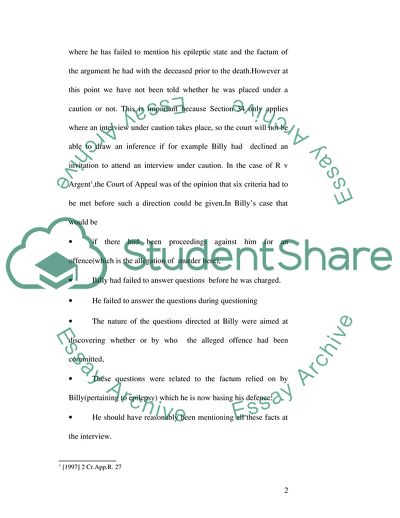Cite this document
(Law of Evidence: The Criminal Justice and Public Order Act 1994 Case Study, n.d.)
Law of Evidence: The Criminal Justice and Public Order Act 1994 Case Study. Retrieved from https://studentshare.org/law/1713357-law-of-evidence
Law of Evidence: The Criminal Justice and Public Order Act 1994 Case Study. Retrieved from https://studentshare.org/law/1713357-law-of-evidence
(Law of Evidence: The Criminal Justice and Public Order Act 1994 Case Study)
Law of Evidence: The Criminal Justice and Public Order Act 1994 Case Study. https://studentshare.org/law/1713357-law-of-evidence.
Law of Evidence: The Criminal Justice and Public Order Act 1994 Case Study. https://studentshare.org/law/1713357-law-of-evidence.
“Law of Evidence: The Criminal Justice and Public Order Act 1994 Case Study”. https://studentshare.org/law/1713357-law-of-evidence.


